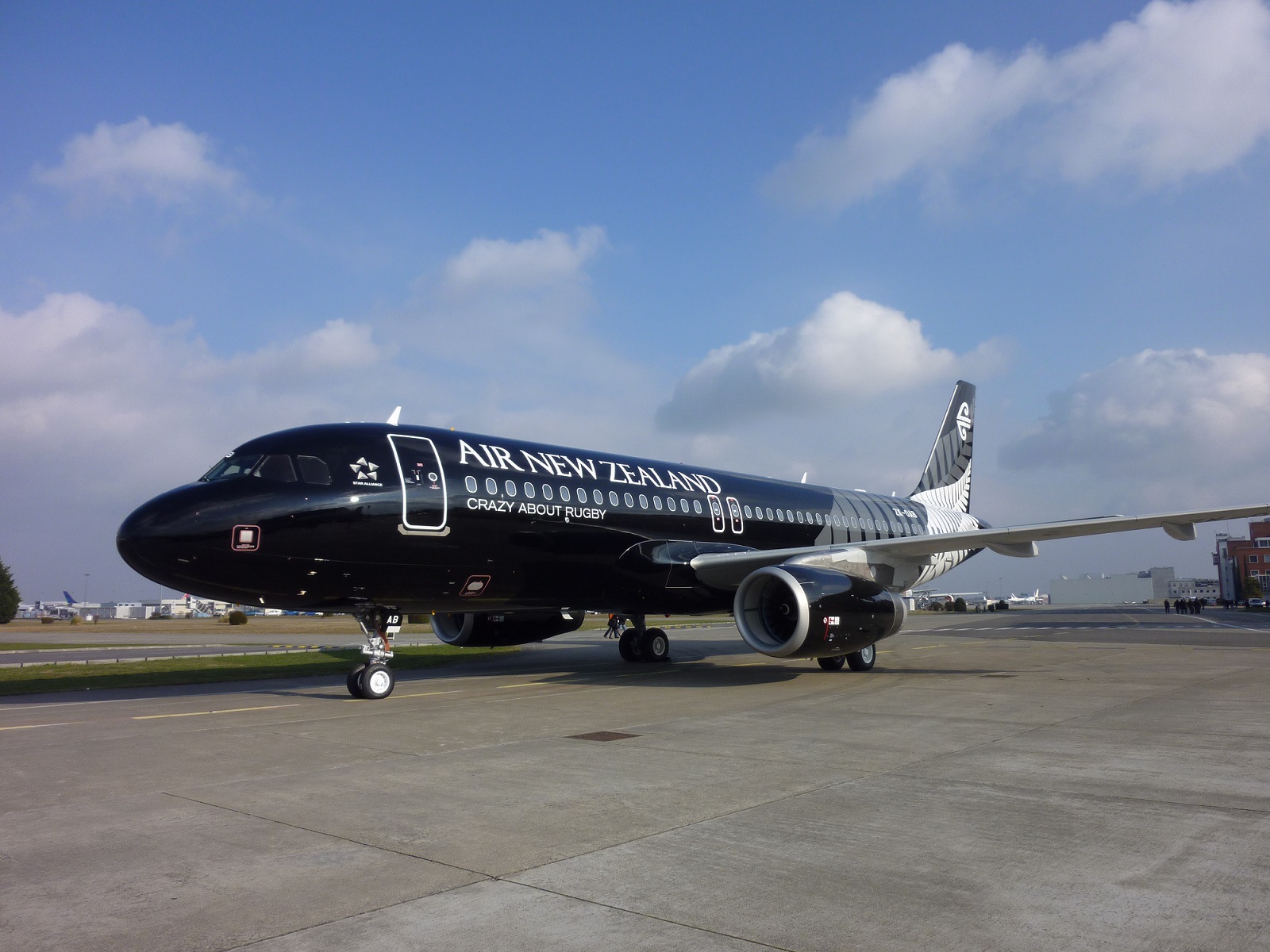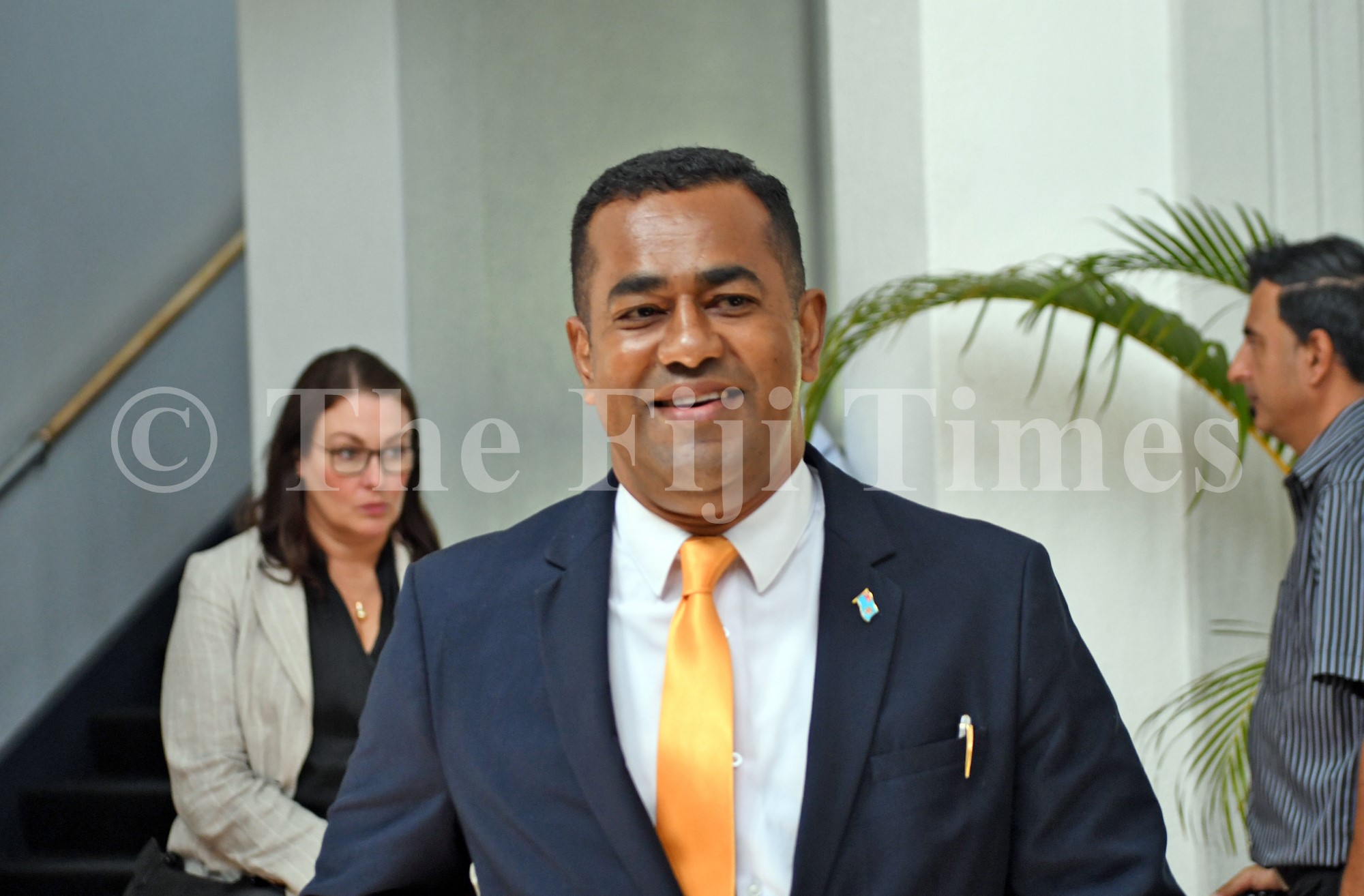WELLINGTON, 27 SEPTEMBER 2018 (NZ HERALD) – Air New Zealand is putting 25 per cent more seats into some of its new short-haul planes which will start entering flying from mid-November.
The airline will get 13 of the new planes (seven A321neos and six A320neos) which are bigger and more efficient than the existing A320s that operate across the Tasman and to the Pacific Islands.
A further seven Airbus A321neos will be added for domestic network growth.
Although airlines don’t pay full price, at current list prices, the combined value of the two aircraft orders is $2.8 billion (US$1.8 billion).
A video of the aircraft rolling out from the paint shop at Airbus has been released.
The planes will start entering the fleet at a difficult time for the airline, which is experiencing significant disruption to its long-haul network as a result of problems with Rolls-Royce engines.
Air NZ’s A320neo family jets will all be powered by recently developed Pratt & Whitney PG1000G engines which have had a bumpy entry into service at some airlines using them.
The new cabin layout for Air New Zealand’s new A320neo international aircraft will have 165 seats on board while the longer A321neos will have 214 seats – 46 more than the airline’s current international A320 fleet.
Air New Zealand chief executive Christopher Luxon said the arrival of the new fleet is a significant step in the airline’s short-haul strategy.
“Australia and the Pacific Islands are a vitally important part of our Pacific Rim network.’”
The airline operates up to 240 services each week, with Airbus narrow-body aircraft and the new aircraft key to enabling the airline to expand its short-haul network.
The New Zealand leather upholstered seats are 3cm wider at the middle seat and 1cm wider on the aisle and window. The slim-line and curved design means passengers ”sink further” into the seat back, creating up to 7 per cent more usable space when compared with the equivalent pitch on the existing fleet.
There is 25 per cent more overhead locker space, a new Android-based inflight entertainment system with a larger 10-inch screen and high-power USB charging points and Wi-Fi connectivity.
“We extensively tested and refined the neo inflight experience with customers to ensure we could incorporate their feedback while meeting regulatory and operating requirements, and we’re confident we’ve delivered an inflight experience our customers are going to enjoy,” said Luxon.
He said new generation engines, fuel efficient Sharklet wing tips and about 25 per cent more seats mean the A321neos were expected to help deliver fuel savings and efficiencies of at least 15 per cent compared with the aircraft they’re replacing.
A second A321neo is also expected to enter service in November, while the airline’s first A320neo is scheduled for February 2019.
The remaining aircraft will follow at intervals through until late 2019. The additional A321neos for the airline’s domestic network are expected to be delivered from 2020 to 2024.





